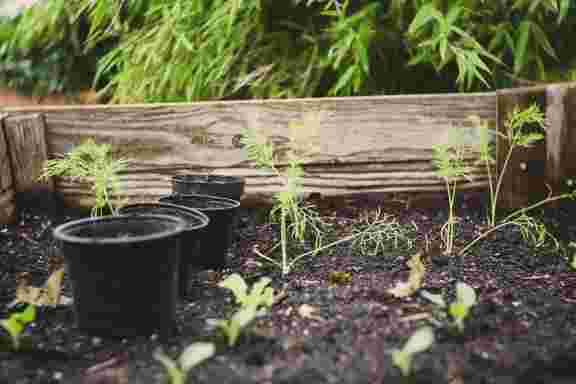


Acting within 24 hours can mean the difference between saving or losing crops.
The moment you detect viral symptoms—such as mosaic leaf patterns, yellowing veins, and stunted growth—mark and isolate the affected plants. Do not wait for confirmation if you’re certain the signs match a known local virus.
Field isolation may involve creating buffer zones or temporary barriers. In greenhouse settings, airflow management is crucial—shutting down fans or redirecting ventilation can reduce the movement of airborne vectors.
Since most plant viruses rely on insects for transmission, vector management is the fastest way to slow spread. This means deploying targeted insect control measures immediately. In high-pressure situations, using fast-acting formulations can stop vector activity within hours.
This is where farmers often turn to specialized anti-viral crop protection products. Those who need immediate access often choose to Buy Viricides online, ensuring quick delivery of targeted solutions that can inhibit viral replication and reduce the chance of fresh infections. While viricides are not a cure, they can limit secondary spread when combined with strict sanitation.
Once the initial containment is in place, quickly assess how far the infection may have spread. A systematic check of all crop sections helps identify areas of concern, or hotspots. Digital tools like GPS mapping or drone imaging can speed this process in large farms.
The Food and Agriculture Organization notes that visual inspections alone may underestimate viral spread, especially when dealing with asymptomatic carriers in early stages. If possible, use rapid diagnostic kits to confirm the extent of infection before making large-scale removal decisions.
Stressed plants are more susceptible to viral damage. By optimizing water and nutrient supply, you can help healthy plants resist further infection or recover more quickly. Avoid overhead watering in infected zones, as splashing can spread pathogens. Switch to targeted drip systems where possible.
Balanced fertilization—especially adequate potassium—has been linked in studies to improved plant resilience against certain viruses. Avoid over-fertilization with nitrogen, as it can encourage softer tissue that vectors prefer.
“In farming, speed is important, but precision saves crops.”
The success of containment is greatly increased for farmers who consult local plant health experts or agricultural extension organizations within the first 24 hours. These professionals frequently possess the most up-to-date information on local virus strains and vector behavior.
Resources are available for recognising and addressing new viral risks under the International Plant Protection Convention. Securing specialised biocontrol agents or emergency supplies can also be facilitated by having access to specialist networks.
It’s time to prepare for prevention once immediate containment is under control. This entails planting resistant cultivars, rotating crops, and implementing stringent worker and equipment cleanliness procedures. Weeds that serve as alternate hosts must be eliminated because if they are not, viruses may persist between planting cycles.
Farmers that have experienced significant outbreaks frequently spend money on ongoing monitoring initiatives. Using prediction models for virus risk, setting up sticky traps for vector monitoring, and administering prophylactic medications prior to the onset of symptoms during high-risk seasons are all examples of this.
According to studies, infection rates in crops such as tomatoes and peppers can triple in as little as a week if containment procedures are delayed for more than 24 hours after detection. This can result in a 70% reduction in marketable output in high-density planting schemes.
Under ideal vector conditions, a virus can multiply from one infected plant to 100 in a matter of days. Taking action on the first day aims to stop an invisible, rapidly increasing chain reaction, not merely the symptoms that are readily apparent.
